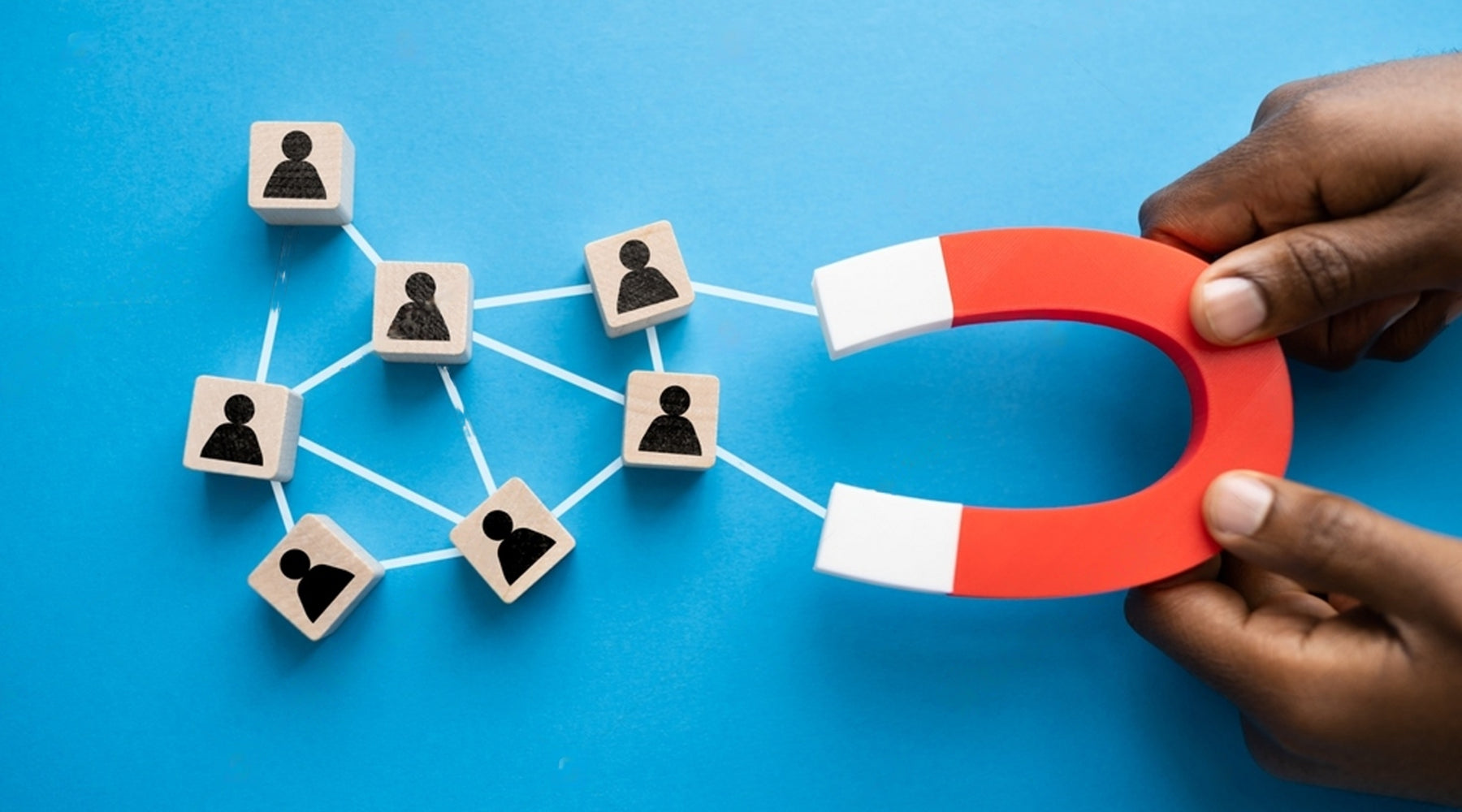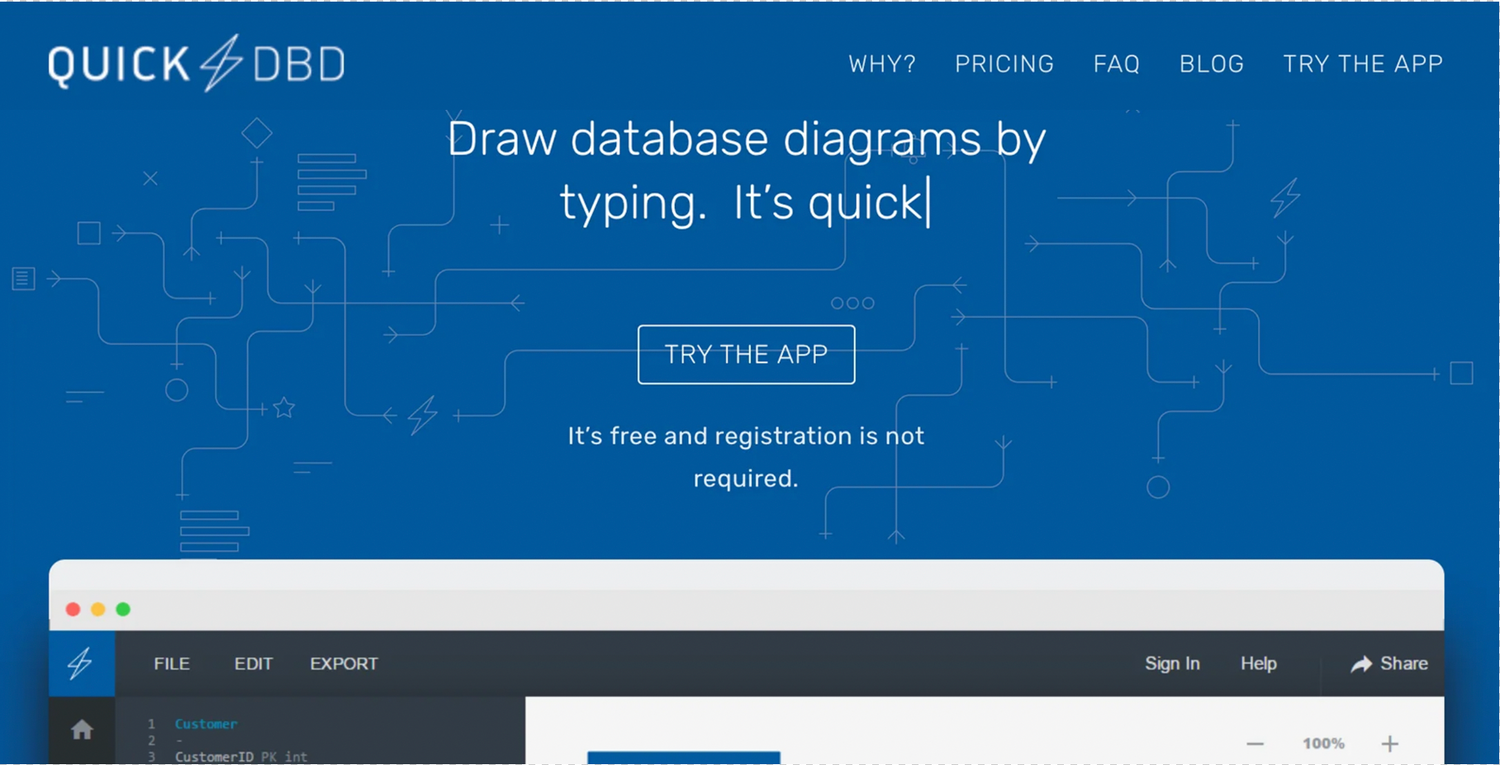In today's world, businesses are always trying to attract new customers but tend to overlook how to retain those new customers.
While gaining new customers is crucial for long-term success, keeping existing customers is just as critical, if not more so.
When you focus on retaining your existing customers, you ensure steady revenue and maximize customer relationship value. Loyal customers become your brand ambassadors, spreading positive word-of-mouth and attracting new customers through their recommendations.
Now let's dive into the importance and some strategies to keep your customers coming back.
What Do We Mean by Customer Retention?
Keeping your clients reordering is what customer retention is all about.
Customer retention involves developing connections with your current clients, giving them something of value throughout every engagement, and creating memorable experiences for them.
To keep customers returning to purchase your products or services, you must surpass their expectations and foster loyalty.
The Importance of Customer Retention
You want to ensure the customers you fought so hard to get will stay with you, like shopping with you and what you offer.
Focusing on customer retention has several benefits:
Loyal Customers Ensure Higher Profits
Retention rate is the percentage of customers who stick with your business over time. Higher profits are closely correlated with higher retention rates.
A study by Harvard Business Research shows that even a 5% increase in client retention rates may boost a company's profitability by 25–95%. Just 20% of your current consumers will account for 80% of your future income, and about 65% of your sales will come from them.
Existing Customers Become Brand Ambassadors
Your biggest fans are your current clients. If satisfied with your service and products, they will readily recommend you to others.
According to Inmoment, 75% of loyal customers will tell others about your business. Referrals from current devoted clients can take many different shapes, including:
- Positive recommendations
- Posts and messages about your brand on social media
- Positive remarks and testimonials that are visible to everyone on public pages
These recommendations are essential for a business. People trust recommendations from others more than general messaging from your company.
Selling to Existing Customers Is Cost Effective
Customers with a high lifetime value are crucial to your business since their purchases don't harm your ability to cover customer acquisition costs (CAC).
A new client who purchases the same quantity of goods as a regular customer generates less profit than the latter. Why? Consider the one-time expense of acquiring that new client.
Statistics show that getting a new client is 5–25 times more expensive than keeping and satisfying an existing one. Bringing a new client to the same level as an existing, loyal customer may cost approximately 16 times more.
Customer Retention Rate Metrics
Customer retention metrics track how successfully your company keeps customers and how happy they are throughout their lifecycle.
Here are some critical customer retention rate metrics you should know about:
Repeat Customer Rate
The percentage of your clients who have made at least two purchases from you in a specific time frame is your repeat customer rate.
Equation: No. of Customers That Purchased More Than Once / No. Of Unique Customers
Purchase Frequency
The number of times your clients buy from you in a specific time frame is known as purchase frequency.
Equation: Number of orders placed / Number of unique customers
Average Order Value (AOV)
The average amount of money a customer spends per order.
Equation: Total Revenue Earned / Number of Orders Placed
Customer Lifetime Value (LTV)
The entire amount of money a client will spend with your company or on your products throughout an average business relationship is known as customer lifetime value.
Equation: Customer Value = Purchase Frequency x Average Order Value
Churn Rate
The rate at which consumers quit doing business with a firm during a specific time frame is known as the churn rate. The number of customers that discontinue or do not renew their subscriptions may also be considered churn.
Equation: Customers lost at the end of the period / total number of customers at the start of the period.
Effective Strategies For Customer Retention
Let's explore a range of proven customer retention strategies that can help businesses build enduring connections with their valued customers.
Understand Your Customers
A thorough grasp of your consumers is the first step toward effective client retention. You may learn about their preferences and expectations by gathering and evaluating data. You may conduct surveys and take part in conversations with your customers to understand them.
This information is the basis for customizing your offerings to fit their interactions, services, and goods needs.
Deliver Outstanding Customer Service
Exceptional customer service is a cornerstone of customer retention. Responding to questions, complaints, and concerns immediately shows your dedication to customer satisfaction.
You may generate memorable experiences by going above and beyond to surpass expectations.
American Express found that 69% of customers would spend more money with businesses that provide excellent customer service. Conversely, 41% of customers claimed they had transferred to a different business due to poor customer service.
Build Personalized Experiences
Customers want personalized service. Utilize client data to provide specialized suggestions, offers, and communications. You can increase consumer loyalty by making them feel appreciated as individuals.
Use Loyalty Programs
A fantastic way to encourage repeat business is through loyalty programs. Reward loyal customers with exclusive offers, VIP privileges, or early access to new goods and services.
These initiatives entice clients to return and make them feel valued and honored.
There are various loyalty programs, including tiered incentives and points-based systems. These rewards encourage gathering comprehensive consumer information, enabling your company to deliver personalized interactions.
Foster Engagement and Communication
Create routes for interaction and engagement with your consumers. Contact frequently to offer valuable details, deliver updates, and request feedback. Encourage consumers to participate in surveys, competitions, or online communities to foster community and inspire them to support your business.
Through emails, you may establish a solid connection with customers. Follow-up emails are an excellent place to start. You may send consumers a "thank you for your purchase" email a week after their first purchase.
Resolve Customer Complaints and Issues
Be quick to react and solve issues when clients experience them or voice frustration. Empathize with others, accept responsibility, and work to make bad situations better.
Professional and considerate handling of complaints can increase client loyalty and confidence.
According to the 2021 CX Trends Report, 73% of consumers believe rapid support resolutions are essential to a positive customer experience.
Innovation & Continuous Improvement
Maintain a competitive edge by enhancing customer offerings regarding goods, services, and customer experiences. Follow market trends, request client input, and put creative ideas to work to meet changing customer demands.
Maintaining relevance and providing value helps you establish yourself as a reliable companion on their path.
Leveraging the Power of Customer Loyalty
By implementing these customer retention strategies, businesses can foster long-term relationships, cultivate brand advocates, and establish a competitive edge in the market.
Remember, customer retention is not just a fleeting goal; it's the key to long-term success. By nurturing existing customers, you secure a loyal base and enjoy increased profitability, reduced marketing costs, and an unrivaled brand reputation.
It's time to unlock the power of loyalty and propel your business to new heights!



